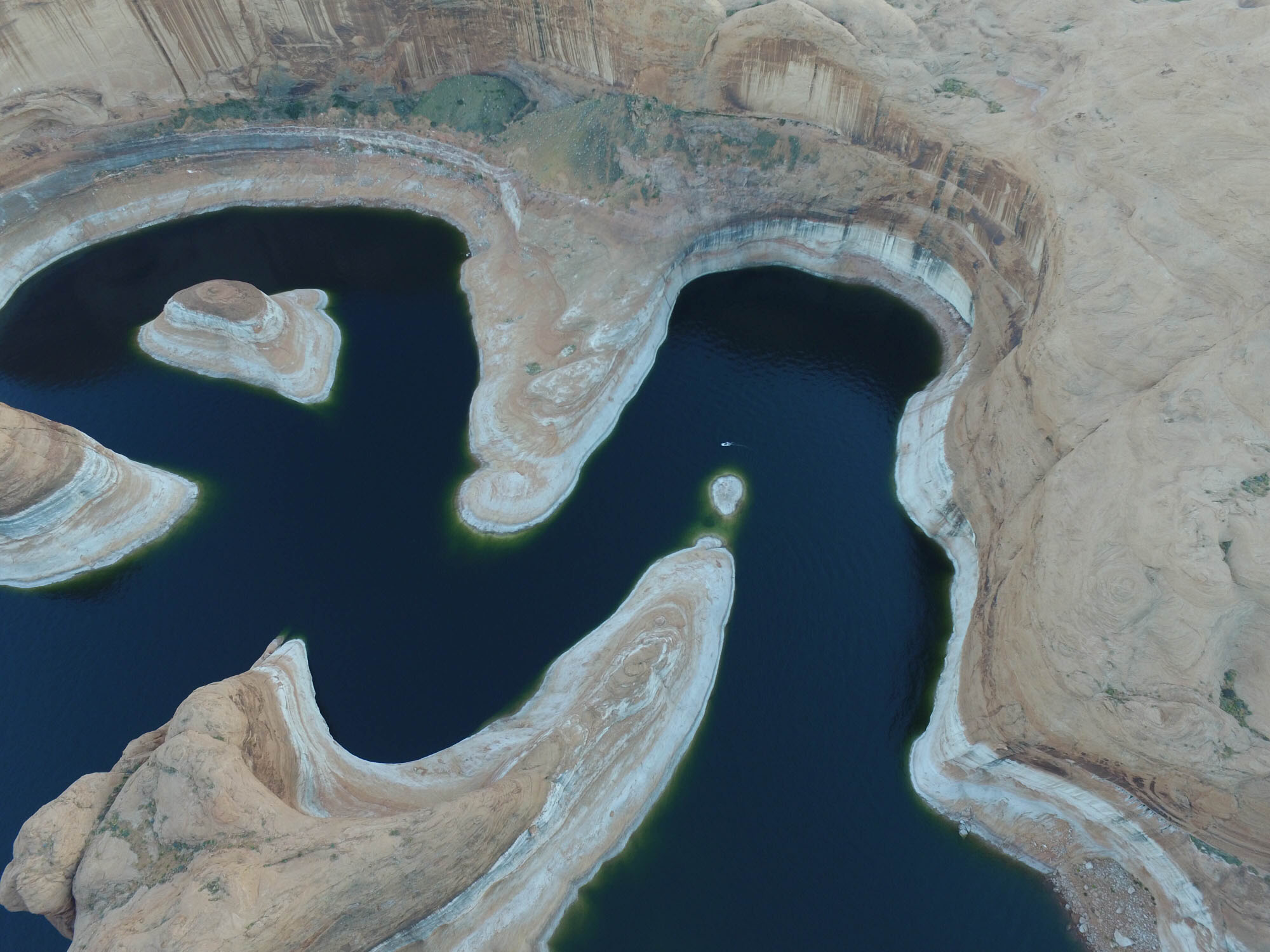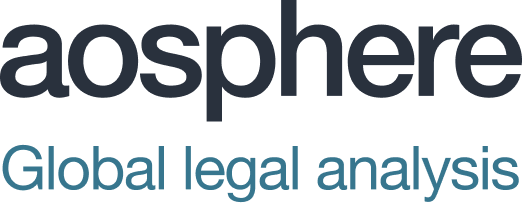The key questions to consider when determining where to make a substantial shareholding notification.
Do you know which jurisdiction's substantial shareholding disclosure rules may apply to your holding in an issuer? The rules defining which issuers are in scope for the substantial shareholding disclosure requirements are different in each jurisdiction and there is no centralised list indicating where shareholders in a particular issuer should make a disclosure. In fact, you may be required to disclose the same holding in more than one jurisdiction.
If you struggle to know which jurisdiction’s rules may apply to your holding in an issuer, a starting point will be to consider the questions below. Subscribers of aosphere's Rulefinder Shareholding Disclosure service can then check the "Issuer Scope" question for the relevant jurisdiction(s) to assess whether the issuer in which they have a holding is in scope for the substantial shareholding disclosure rules in that jurisdiction.
The Issuer Scope question can be found at the end of the Securities tab in the Substantial Shareholding Report for the relevant jurisdiction when logged into your aosphere account.
Q: In which jurisdiction are the issuer’s securities listed or traded?
Listing in a jurisdiction is often a factor used to define the scope of issuers for a jurisdiction’s disclosure rules.
Rulefinder content: Go to the Issuer Scope question in the Substantial Shareholding Report for the jurisdiction of listing or trading of the issuer’s securities to see if this is the case in the relevant jurisdiction.
Q: What is the issuer’s jurisdiction of incorporation / registered office?
Being incorporated or having a registered office in a jurisdiction can be enough to bring an issuer into scope in certain jurisdictions.
Rulefinder content: Go to the Issuer Scope question in the Substantial Shareholding Report for the issuer’s jurisdiction of incorporation or registered office to see if this is a requirement in the relevant jurisdiction.
Q: For disclosures in EEA Member States, where is the issuer’s home Member State?
The Transparency Directive (TD) requires disclosure to be made in the issuer’s home Member State for issuers admitted to trading on an EEA regulated market.
For EEA issuers, this means the jurisdiction where it has its registered office (which is usually its place of incorporation). For non-EEA issuers, this means the jurisdiction chosen by the issuer as its home Member State from the Member States where the issuer has its securities admitted to trading on a regulated market.
Disclosure will usually only be required in the issuer’s home Member State and not in any other Member State where the securities are listed or traded, reflecting the concept of mutual recognition in the Transparency Directive. However, there are some limited exceptions - for example, Latvia and the Netherlands. In addition, other (i.e. non-Transparency Directive) shareholding disclosure obligations may apply in an individual Member State.
Note, this is a high level summary based on general TD requirements. Always check individual Rulefinder reports for details of TD implementation and other national rules which may diverge from this general summary.
Rulefinder content: Check the Issuer Scope question in the relevant Substantial Shareholding Report for the rules in that jurisdiction.
How do you identify an issuer’s home Member State?
There is no centralised list of issuers’ home Member States, however, the following resources may be helpful:
ESMA’s FIRDS database indicates an issuer's relevant "upcoming competent authority", which may not be the same as home Member State and independent checks need to be carried out. Bear in mind that FIRDS contains data on a wide range of financial instruments, which may be used by market participants for various purposes and is not a dedicated list of instruments subject to substantial shareholding disclosure rules. For the link to ESMA’s FIRDS database, aosphere subscribers can check the Useful Links tab of the relevant Rulefinder Report.
Some national competent authorities compile their own list of issuers whose home Member State is that jurisdiction. However, most EEA competent authorities do not publish such a list. aosphere subscribers can check the Issuer Scope question in the relevant Substantial Shareholding Report to see whether a list is available in that jurisdiction.
For other EEA jurisdictions, it can be useful to cross-check the FIRDS database with where disclosures for a particular issuer have been made in the past – they are all made public. For the link to published notifications in a jurisdiction, aosphere subscribers can check the Useful Links tab of the relevant Rulefinder Report.
Q: What about depositary receipts?
If you hold depositary receipts in respect of the shares of an issuer, remember to check the disclosure rules in the jurisdiction of the issuer’s main listing as well as the jurisdiction where the depositary receipts are listed. Disclosure may be required in more than one jurisdiction and/or the main listed securities and depositary receipts may need to be aggregated for the disclosure.
Rulefinder content: Go to the Issuer Scope question to check the scope of issuers in the relevant jurisdiction and check the Depositary Receipts question in the Securities tab for further information on disclosure and aggregation of depositary receipts under the disclosure rules of that jurisdiction.
Q: What if the securities are listed or traded in more than one jurisdiction?
If the issuer’s securities are listed or traded in more than one jurisdiction, check the rules in each jurisdiction. Disclosure may be required in more than one jurisdiction and/or securities listed or traded in different jurisdictions may need to be aggregated for disclosure.
Rulefinder content: Go to the Issuer Scope question for the issuer’s jurisdiction(s) of listing or trading and check the Secondary Listing question in the Securities tab for further information on disclosure and aggregation of secondary listings under the disclosure rules of that jurisdiction.
Other considerations
Some jurisdictions (for example, Portugal) will not require disclosure by certain shareholders to their regulator where disclosure is made in another jurisdiction which is considered to have equivalent disclosure rules. Check the Issuer Scope question to see whether this applies in a particular jurisdiction.
The information above considers substantial shareholding disclosure rules. Different rules apply to disclosures in respect of Sensitive Industries, Takeovers, Short Selling and Issuer Requests. Check those sections of the relevant Rulefinder Report for details. This bulletin highlights relevant parts of the Rulefinder Reports, which extract data from the Memoranda provided by local counsel. It is important to check the information in the Memoranda for further detail.
How aosphere can help
Launched in 2008, Rulefinder Shareholding Disclosure provides comprehensive analysis in over 100 jurisdictions, and is used by over 450 financial institutions as an alternative to bespoke legal surveys.







